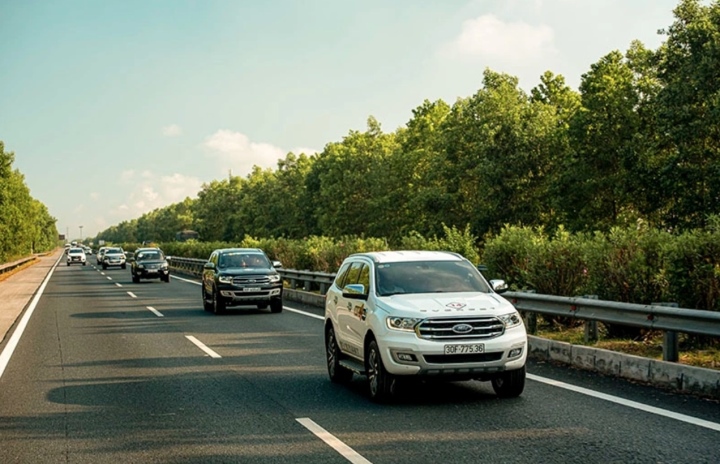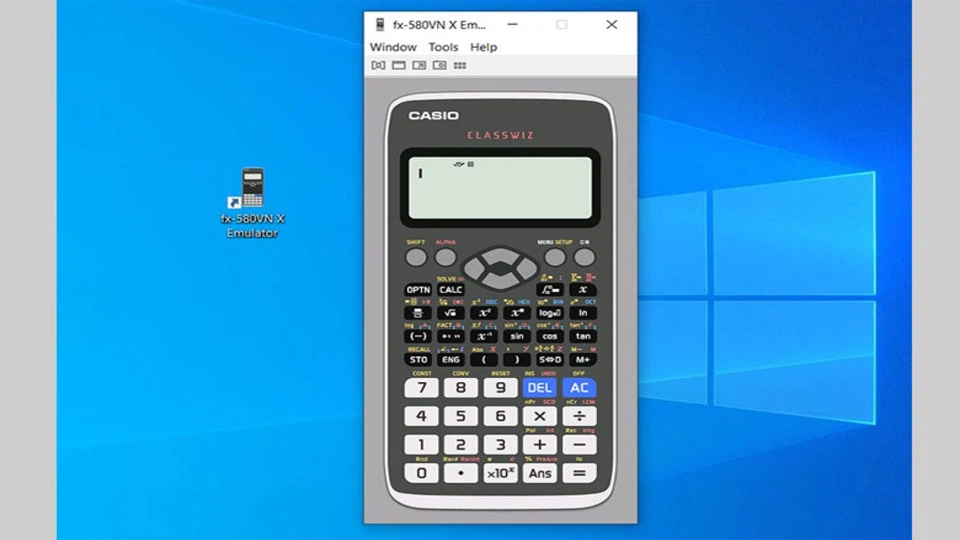For motorcycles
Many people believe that riding a motorcycle at a slow speed will save more fuel than riding at a high speed. However, this is considered a misconception as technical experts believe that all slow-moving vehicles consume more fuel.
The reason why driving too slowly (between 5-20 km/h) is not fuel-efficient is because the engine rotates at 1,000-3,000 revolutions per minute while the vehicle is in a low gear (slow speed), corresponding to a higher number of engine rotations per kilometer, more fuel is pumped in and burned for each cycle of rotation. In addition, when driving slowly, the centrifugal shaft does not transfer motion to the tires, resulting in fuel consumption.

Common motorcycle speed of 40-60km/h consumes the least fuel.
At higher speeds, the motorcycle shifts to a higher gear but the engine speed remains in the range of 1,000-3,000 revolutions per minute. The engine runs at a lower speed for the distance traveled and consumes less fuel. However, when you drive slowly, air resistance is less, while driving fast will increase air resistance.
A car driving at 80 km/h will have 8 times the air resistance compared to driving at 40 km/h. Doubling the speed will quadruple the air resistance. Therefore, the engine will work harder to overcome air resistance. That is why driving fast does not save fuel.
Therefore, the recommended average speed for regular motorcycles (100cc – 150cc) is 40-60 km/h. At this speed, wind resistance is not significant and the engine switches to a higher gear for optimal km/engine rotation. In addition, you should choose a less congested road that is slightly longer rather than a heavily congested road when traveling in urban areas.
For cars
The most fuel-efficient speed for driving a car depends on many factors, such as smaller-sized cars with better aerodynamic design will save more fuel when driving at high speeds compared to trucks or larger cars in general.
Many people think that fuel-saving driving skills involve driving at a slow speed. However, similar to motorcycles, this does not bring any benefits.
Because when driving slowly, the engine speed is still around 1,000-3,000 revolutions per minute, the vehicle shifts to a lower gear, and the engine speed per kilometer is higher. Conversely, when driving fast, the vehicle shifts to a higher gear, the engine speed is still around 1,000-3,000 revolutions per minute, and the engine speed per kilometer is lower.

Maintaining a car speed between 48 – 80 km/h is considered the best way to save fuel. (Illustration image: Internet)
However, driving at high speeds has a disadvantage that is the presence of greater air resistance compared to driving slowly. When air resistance increases, the engine has to work harder to overcome this resistance. Consequently, it consumes more fuel. When doubling the speed, the air resistance increases four times.
Therefore, driving at low or high speeds is not the most fuel-efficient way to drive a car. The most accurate way to save fuel is to maintain the car at a moderate speed. At this speed, the vehicle can switch to a higher gear without having to bear a large air resistance. According to experts, maintaining a car speed between 48 – 80 km/h is considered the best way to save fuel.
Source: VTC.vn



































